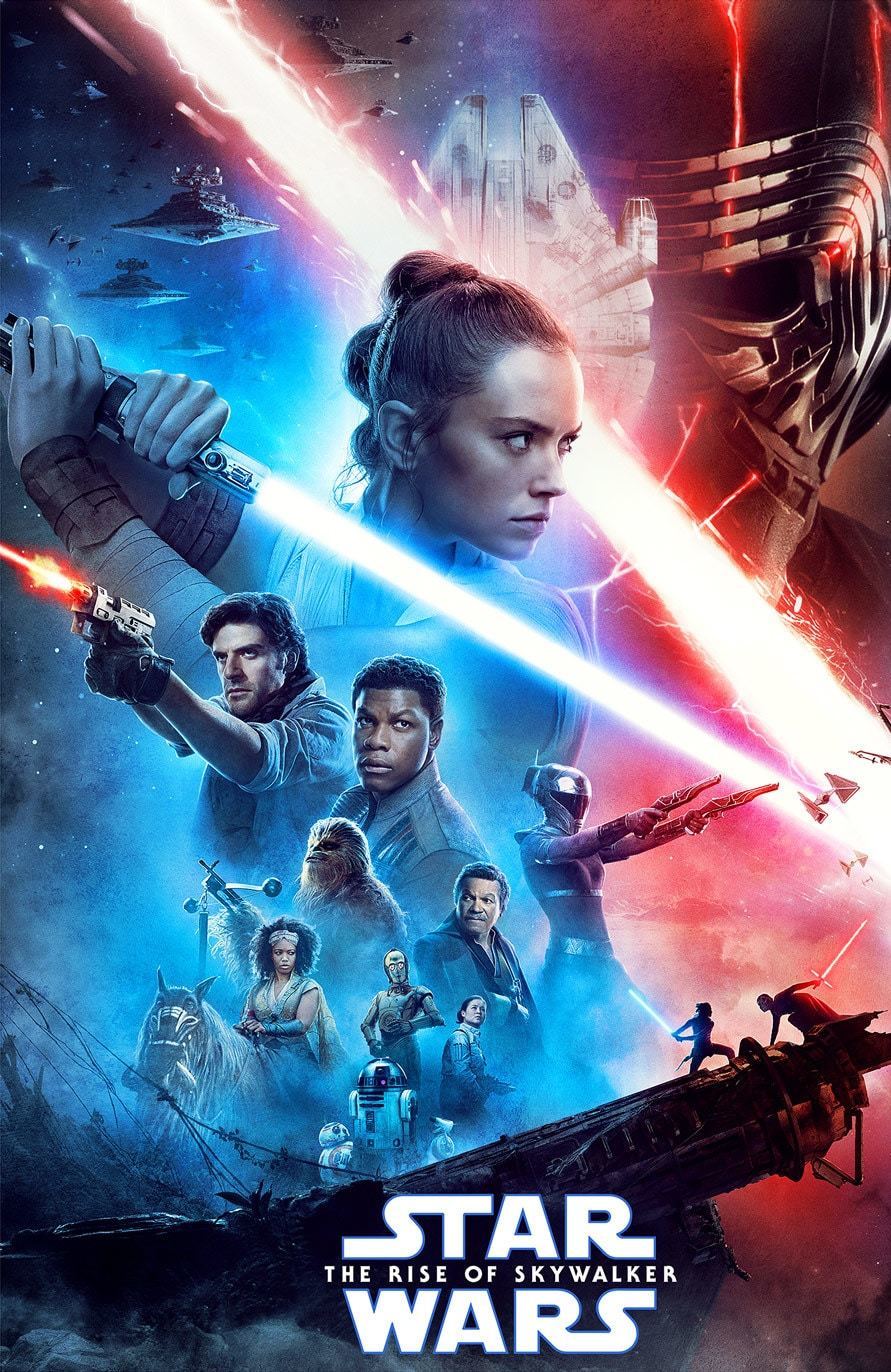To start our film we decided that it would be best to open with a news report as it would set the narrative and provide enough information to grab the audience's attention without jumping straight into the action immediately. This will help provide enough information for the film to make sense but isn't as simple as an exposition dump through a textual opening, such as Star Wars.
We used a greenscreen to allow us to the edit the footage in post production and make it seem that this is an actual news report. Using the ultra key in Adobe Premier Pro we could cut the subject of the frame cleanly, allowing us to edit the background to look more like a newsplace.
To make sure that the sound was as good as we could make it we utilised the external microphone available in the media room. This allowed us to capture the best sound we could and help the news report look more professional.
Another technique that we used was clapping before starting filming, so that way we could keep the camera on until we finally got the best shot for our film. The clap served as a marker for where each batch of filming started and ended, the clap showed as a very high frequency on the soundwaves, showing precisly where the clip starts and ends which we could then use in post productioon to cut the section we needed and delete the rest.
So we decided that we would do a news report to start the film, this would work as it would provide information to the viewer to help the short time we have to tell our story flow easier. The footage that we captured is shown below.




















































